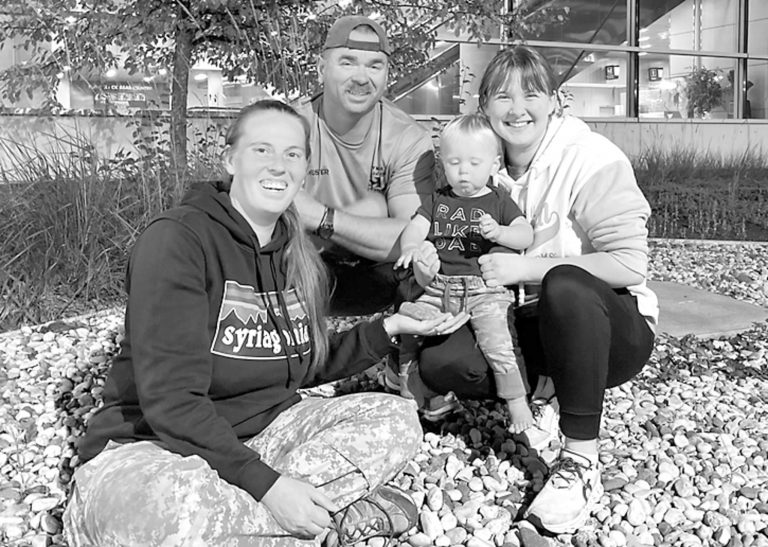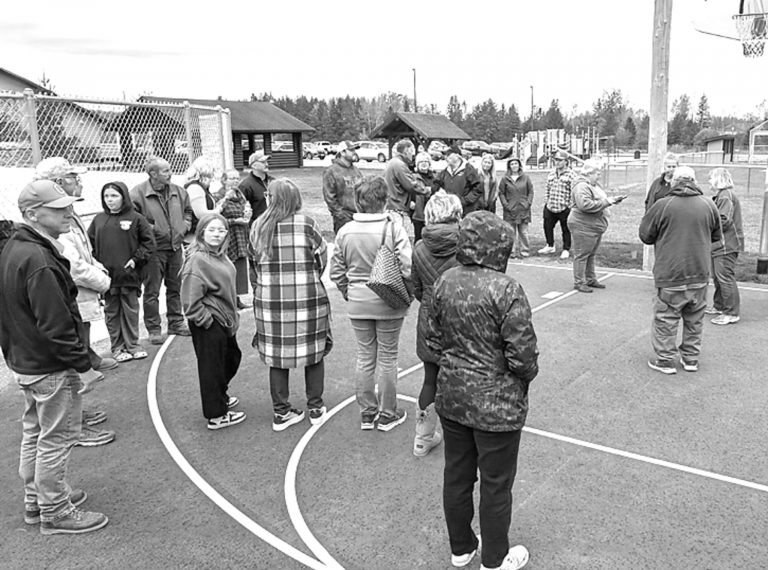St. Louis County Board celebrates meaningful change to support aging population
The St. Louis County Board proclaimed Oct. 9 “Ageism Awareness Day” recognizing both the difficulties older adults face and the Public Health Division’s recent efforts to encourage meaningful infrastructure changes that support every generation.
Ageism, as defined by the American Society on Aging, is how we think, feel, and act toward others or ourselves based on age. Those attitudes and actions toward older adults can impact their health and longevity, financial well-being, and St. Louis County’s entire economy.
“We’re all getting older every day, so dismantling negative beliefs about aging is not only about loving your neighbor now, but also about supporting your future self,” said Cheryl Elj, the Public Health Division’s Aging and Adult Health Unit Program coordinator.
Currently, more than 60,000 St. Louis County residents are over the age of 60 (about 30 percent of the county’s population), and those numbers are expected to rise both locally and across the nation.
According to the U.S. Census Bureau, by 2034 the U.S. will have more people age 65 or older than under 18. By 2060, nearly 1 in 4 people in the United States will be at least 65 years old.
St. Louis County’s Public Health Division recognizes how important it is to prepare for those changing demographics by improving things like transportation and housing opportunities across the county along with addressing education and employment challenges. That’s why the Public Health Division is dedicated to supporting local cities and towns through the process of becoming “Age-Friendly Communities.”
The “Age-Friendly Communities” framework gives local leaders and residents resources to assess older adults’ needs when it comes to housing and transportation options, access to key services, and opportunities to participate in community activities. Once identified, those needs inspire an action plan which St. Louis County Public Health can support communities with.
“Getting older can make something like getting to and from the grocery store harder, especially in our rural communities. Through the ‘Age-Friendly Communities’ framework, we want to identify ways to break down those barriers so older adults can get easy access to the healthy food that helps them thrive,” Elj said.
As of Oct. 1, Chisholm, Duluth, Hibbing, Mt. Iron, Virginia, Balkan Township, and Biwabik have all earned recognition as “Age-Friendly Communities” and are working toward making meaningful change for older adults. Right now, the county’s Public Health Division is also in the middle of teaming up with several other local communities to help them earn that same recognition. Efforts like these recently helped St. Louis County Public Health achieve “Advanced Recognition” through the Trust for America’s Health non-profit. St. Louis County is the first county in Minnesota to earn this recognition.
Anyone with questions about the County’s work to encourage meaningful infrastructure change to support aging adults can contact Briggs Kaitchuck, Public Health Division communication specialist, at 218-213-5052 or kaitchuckb@stlouiscountymn.gov.



